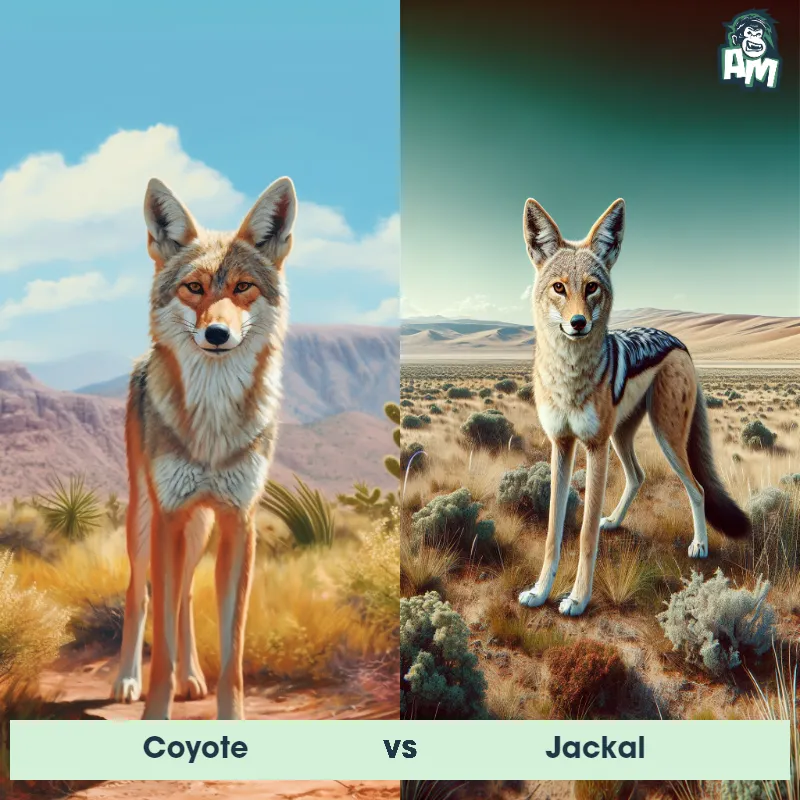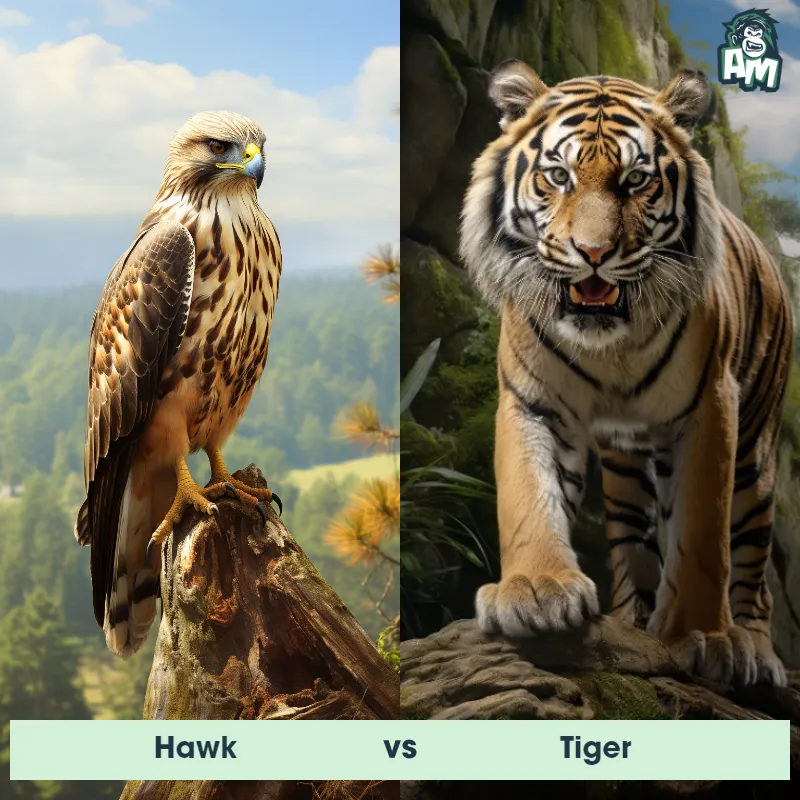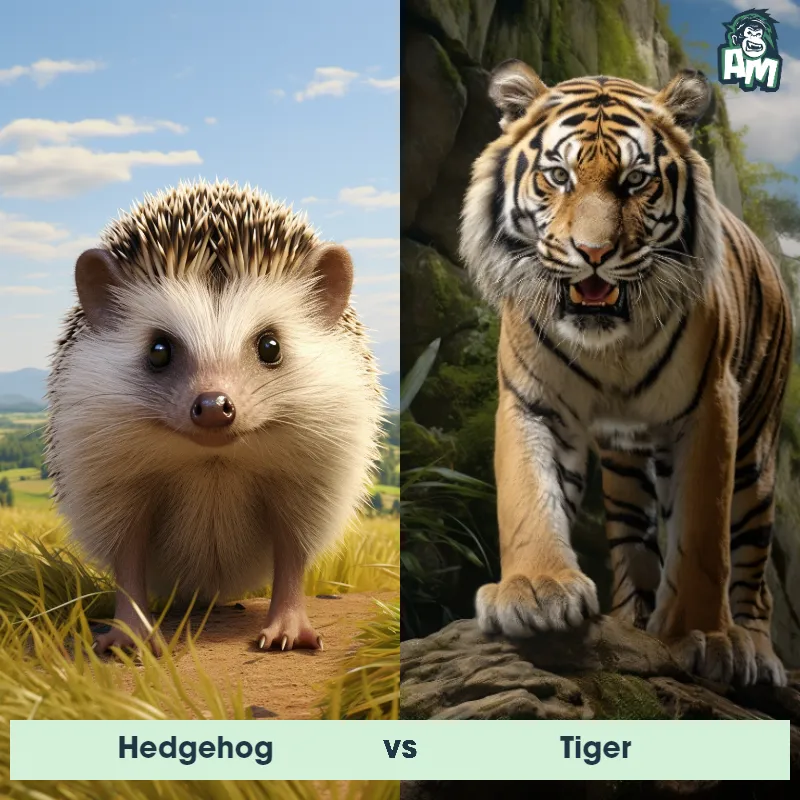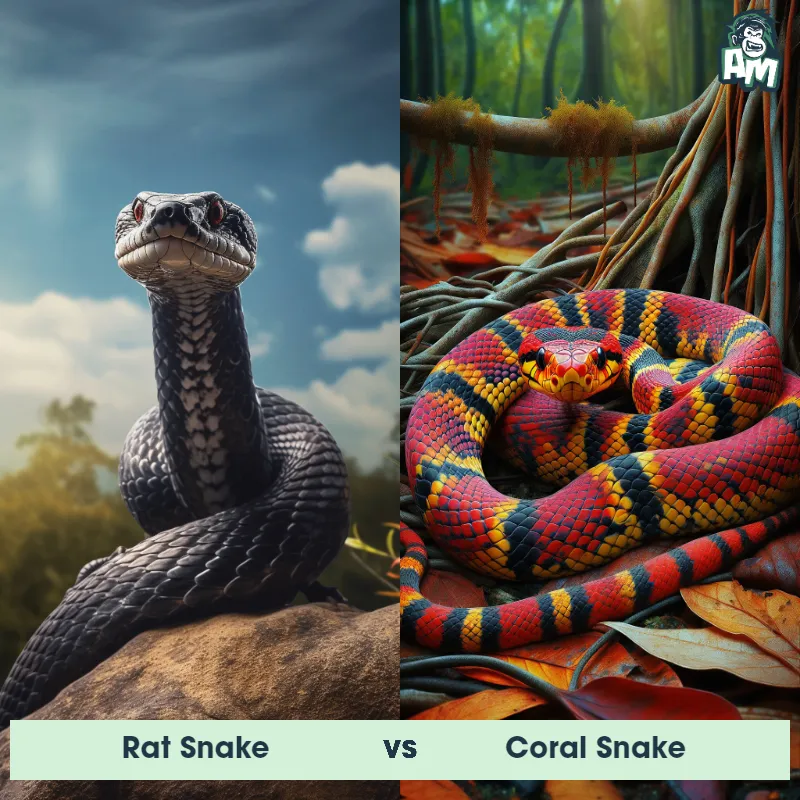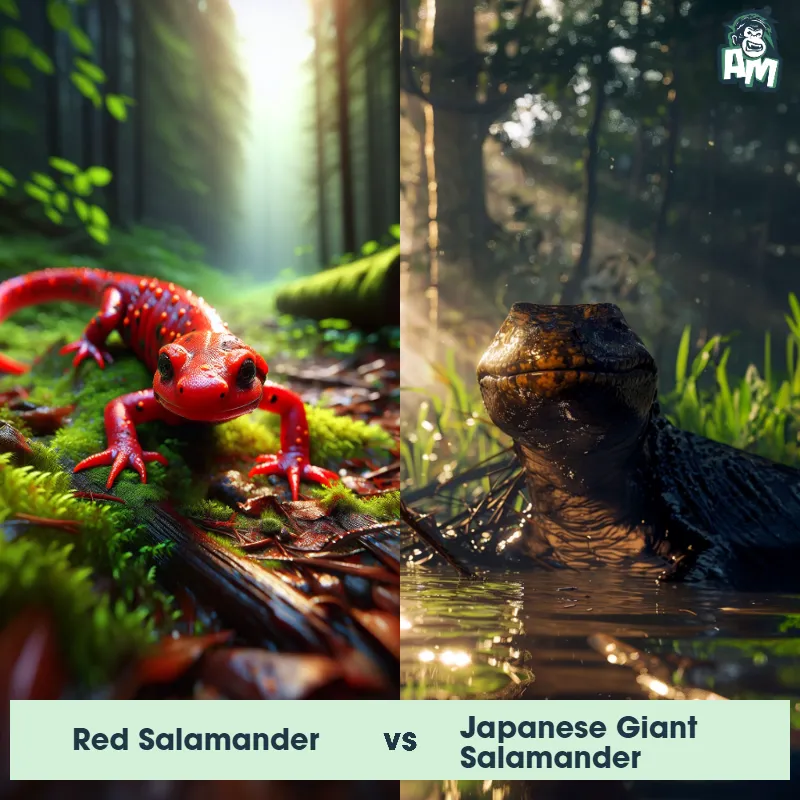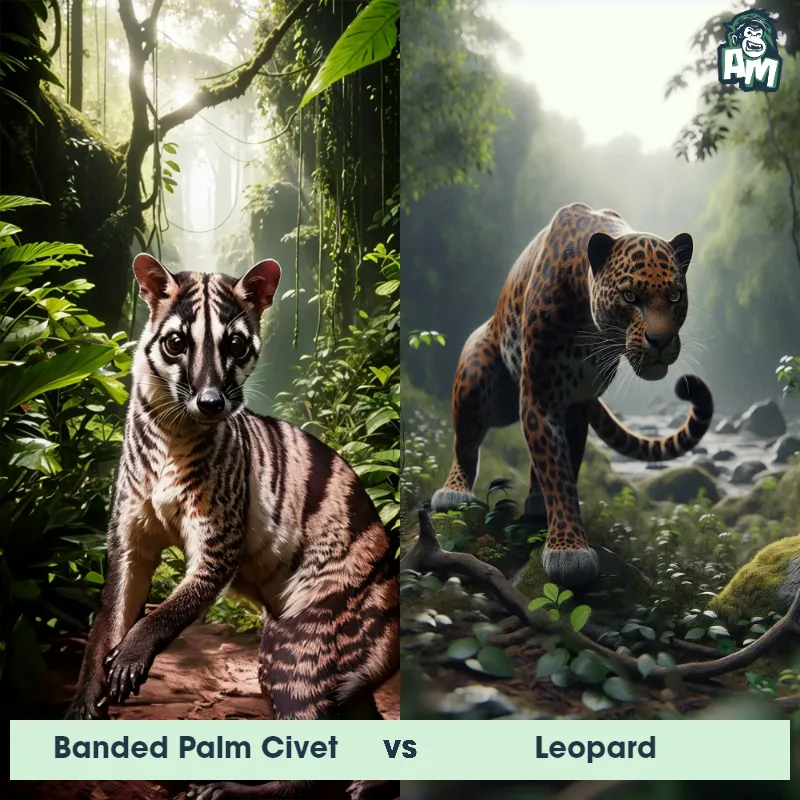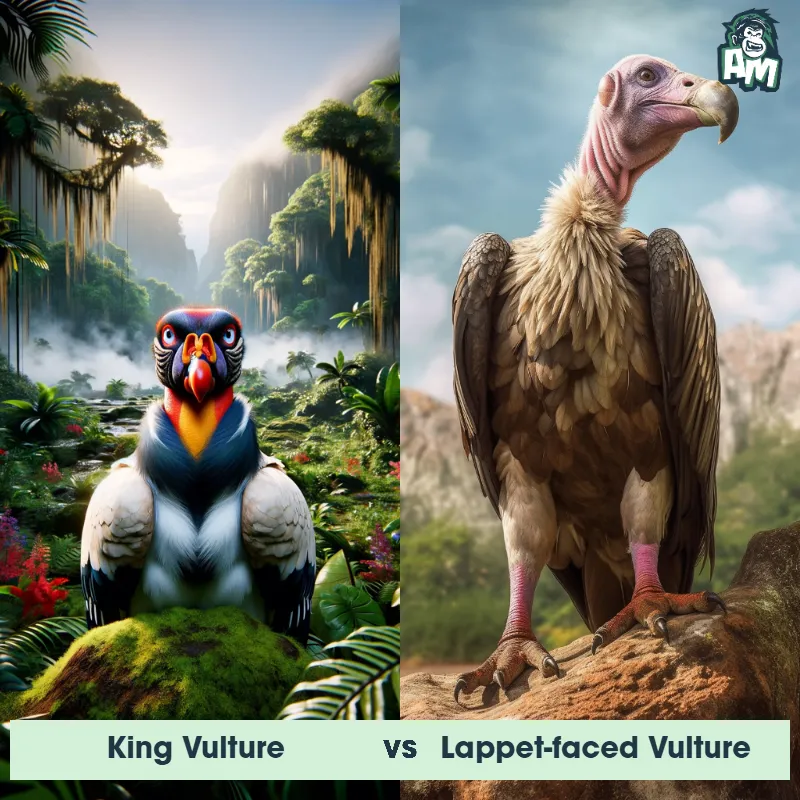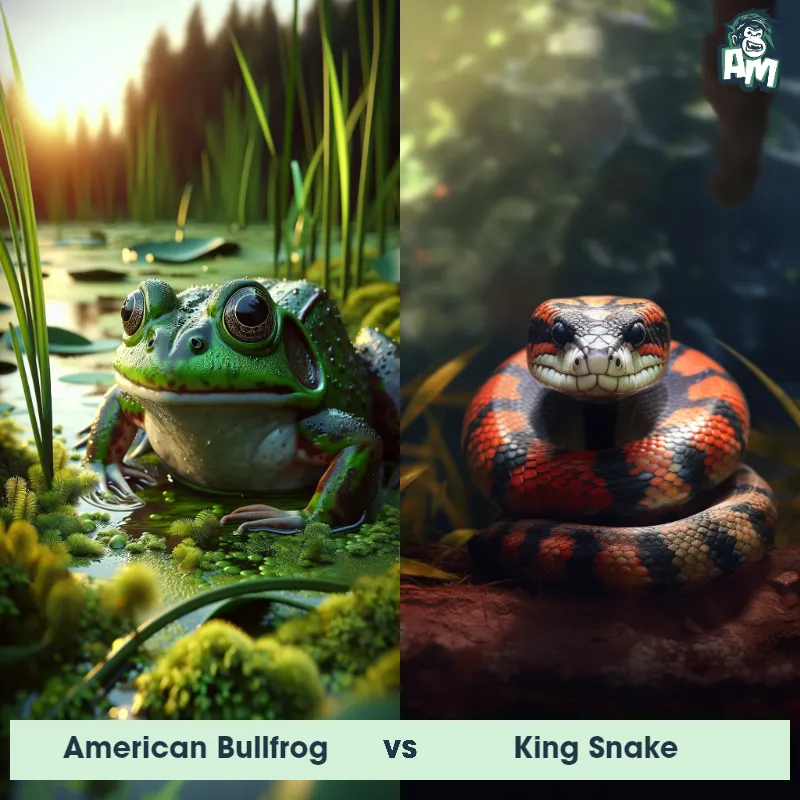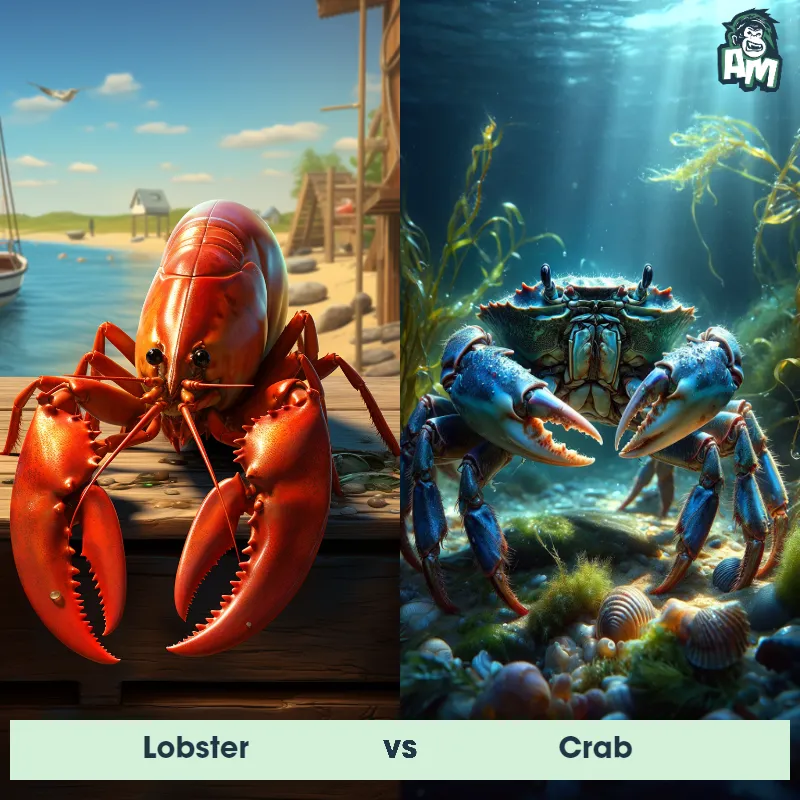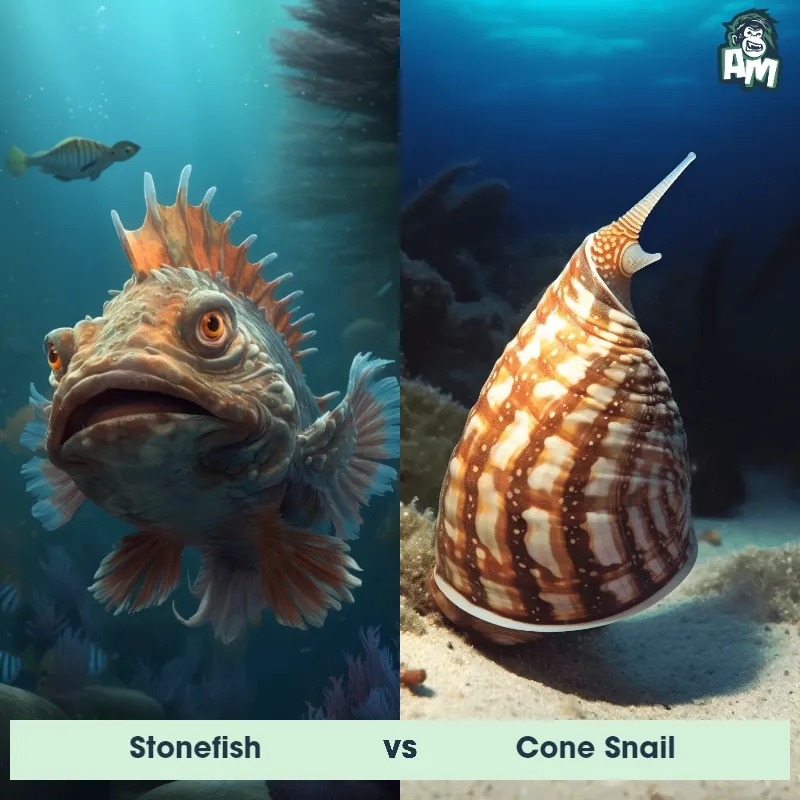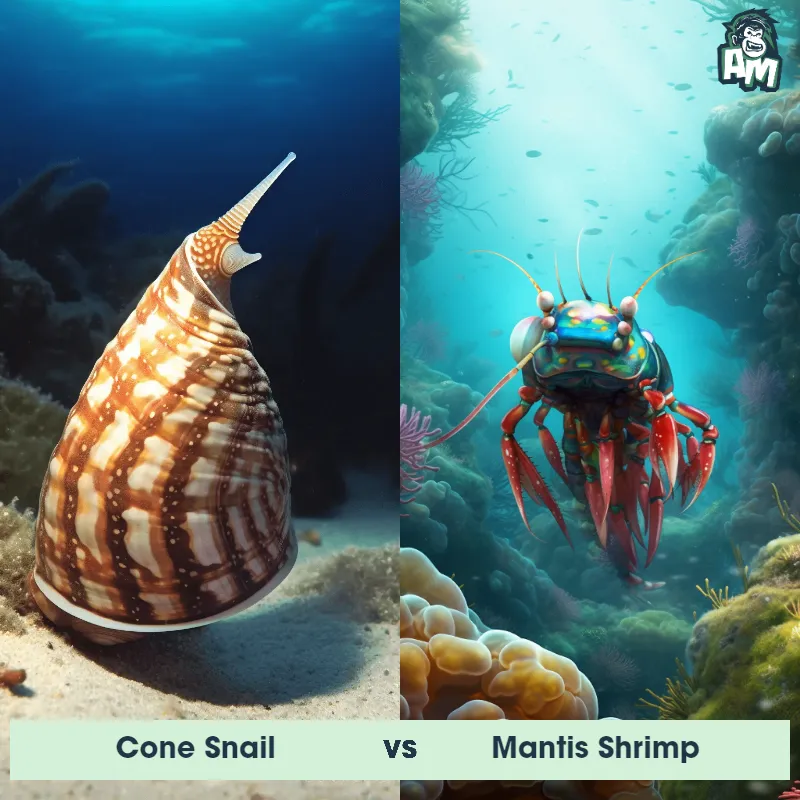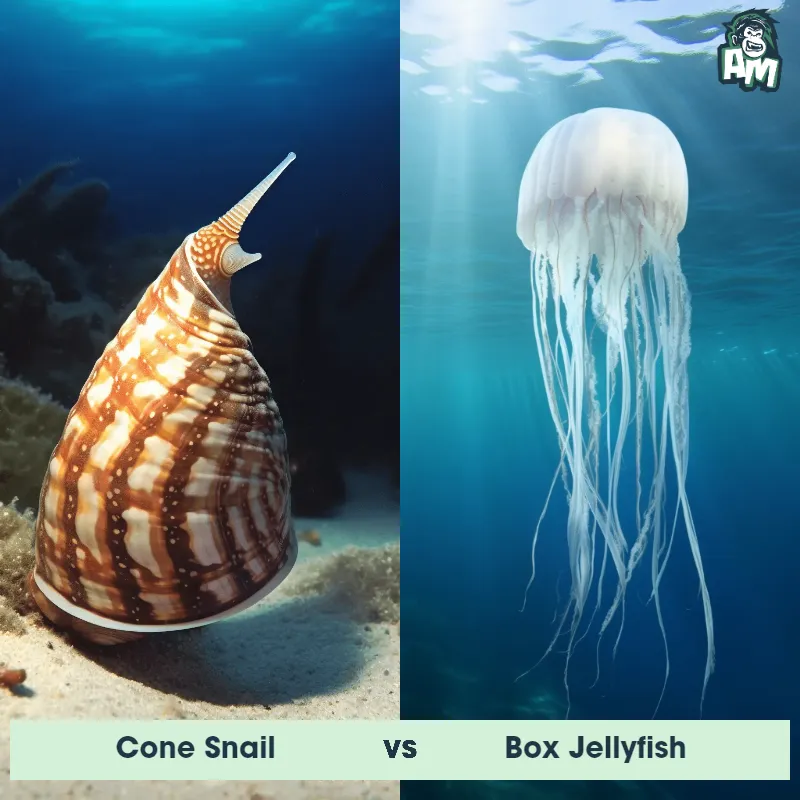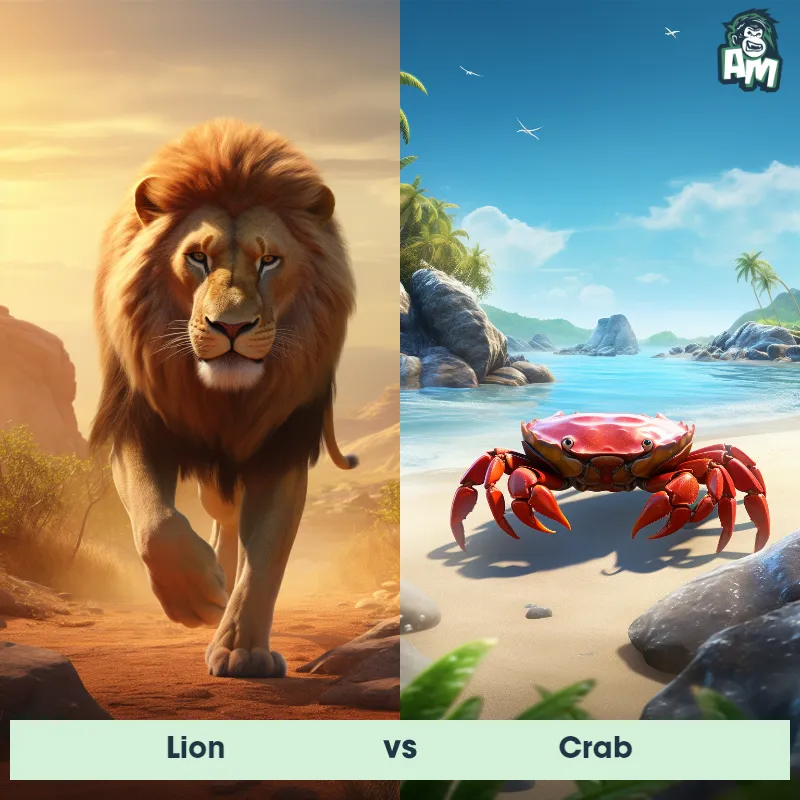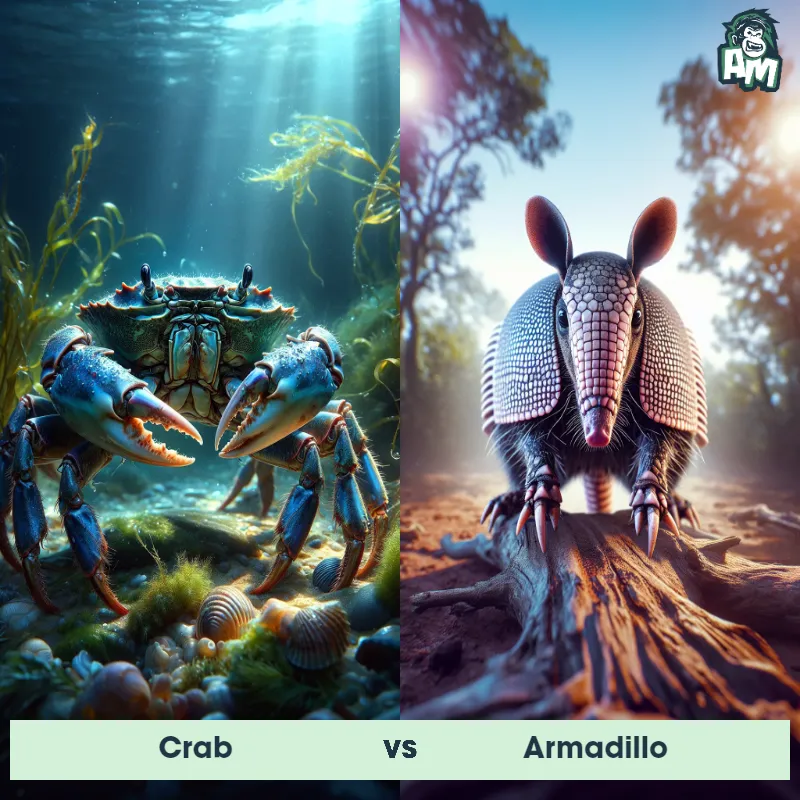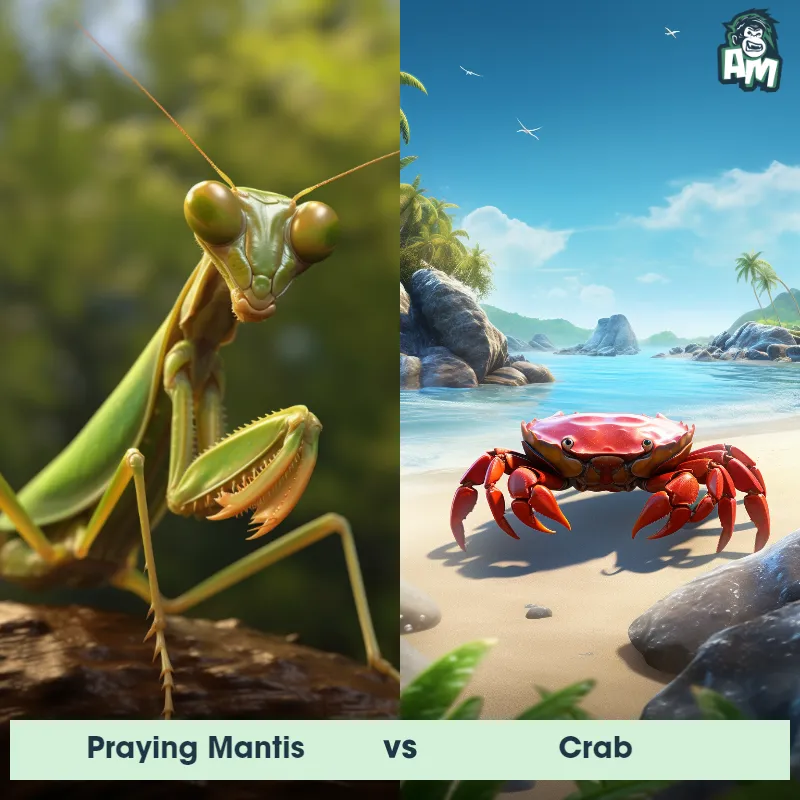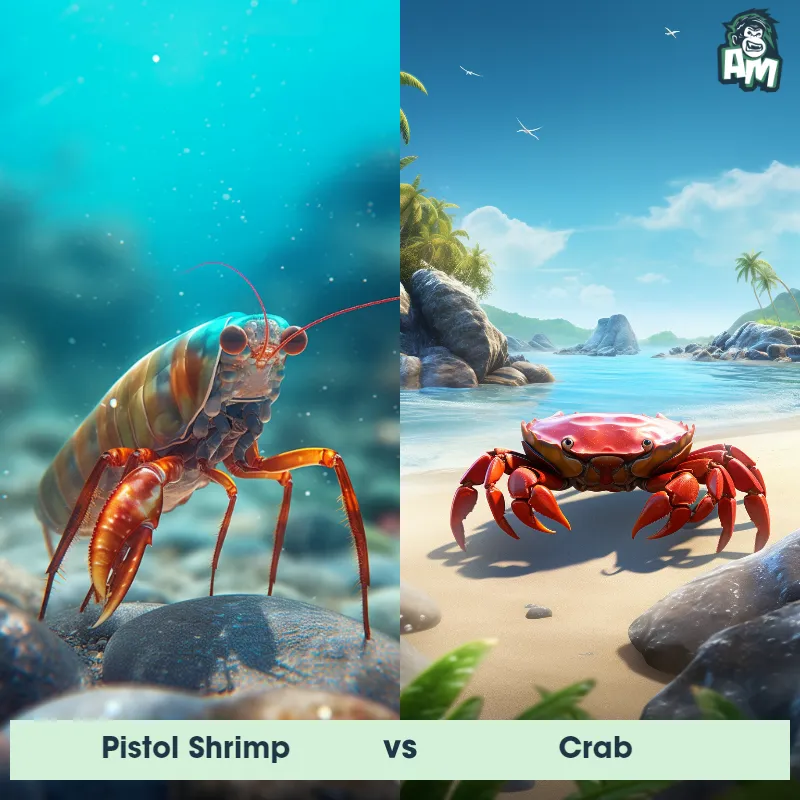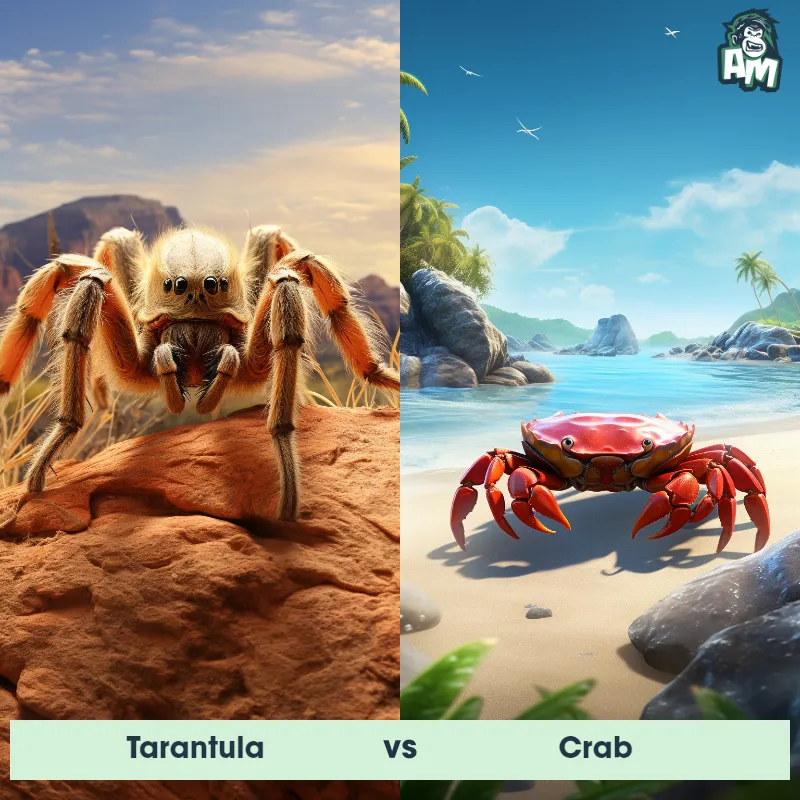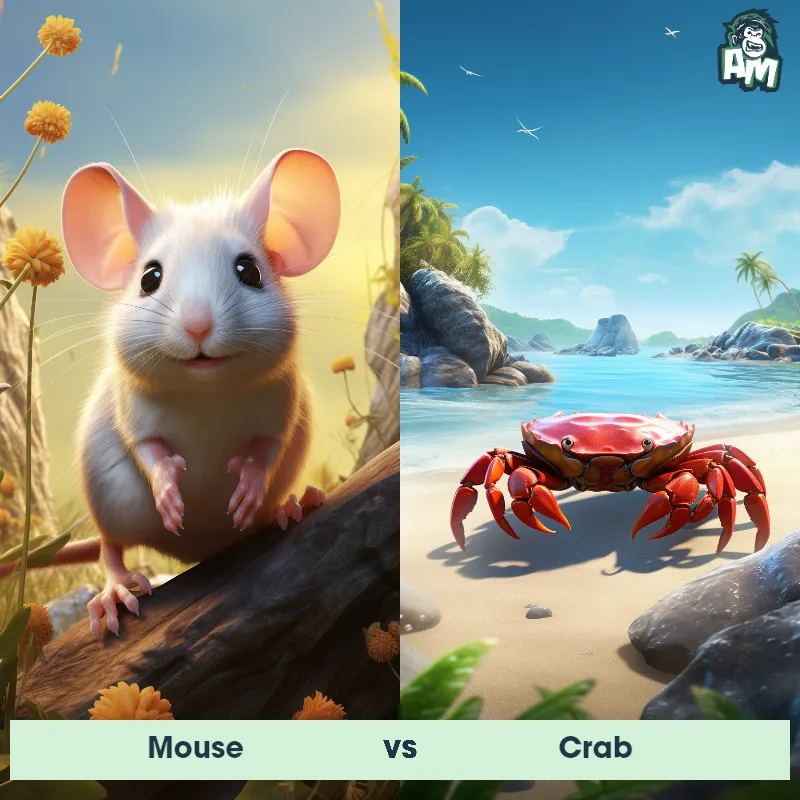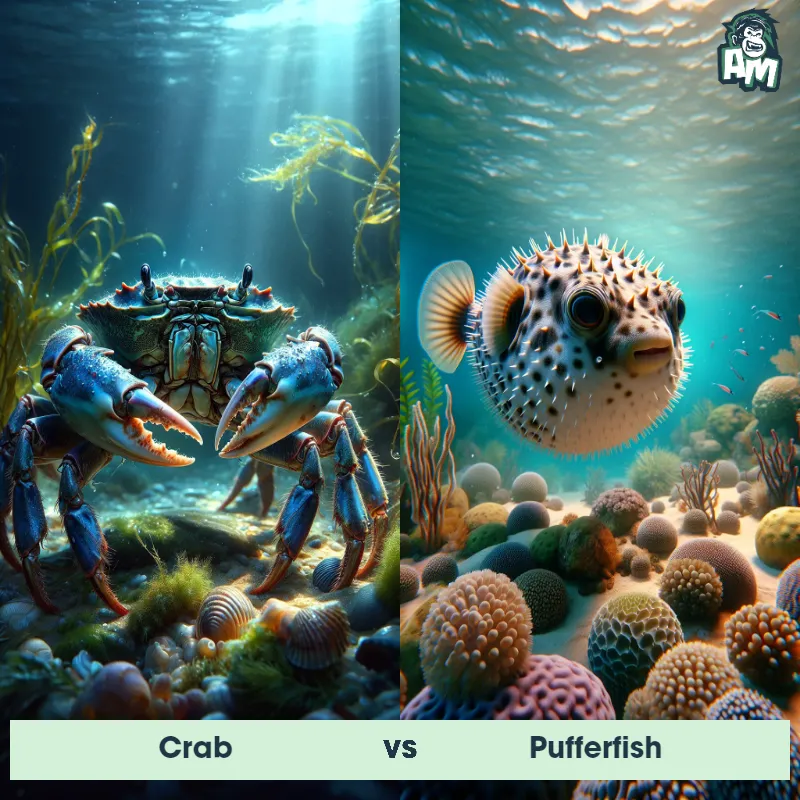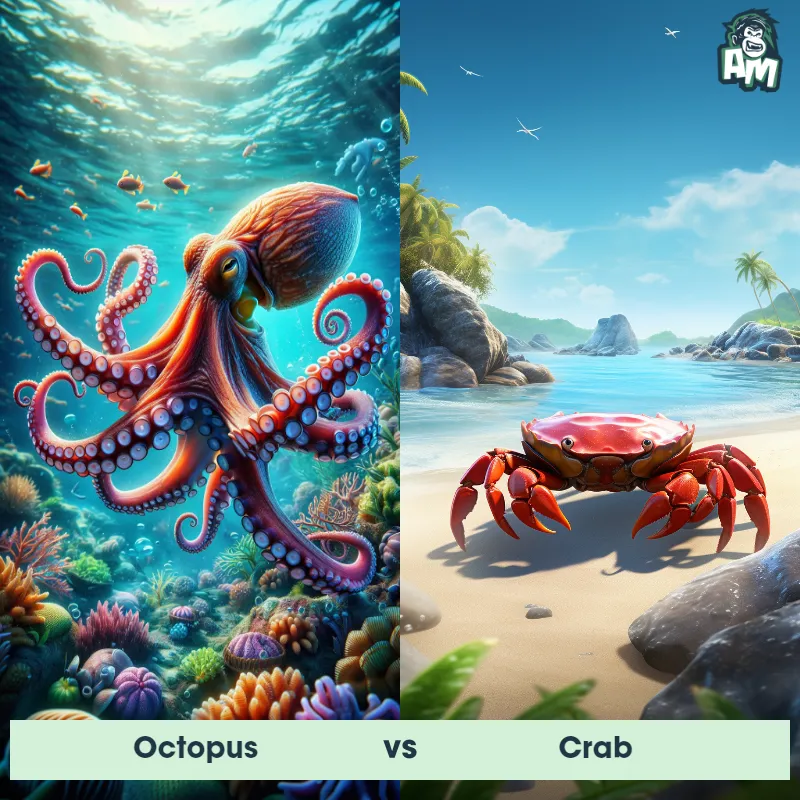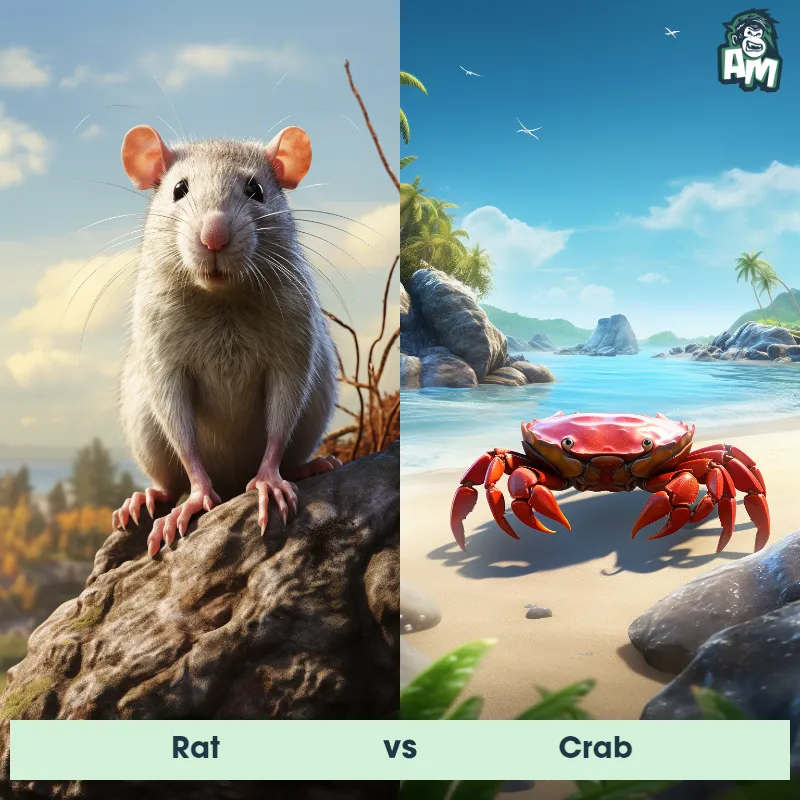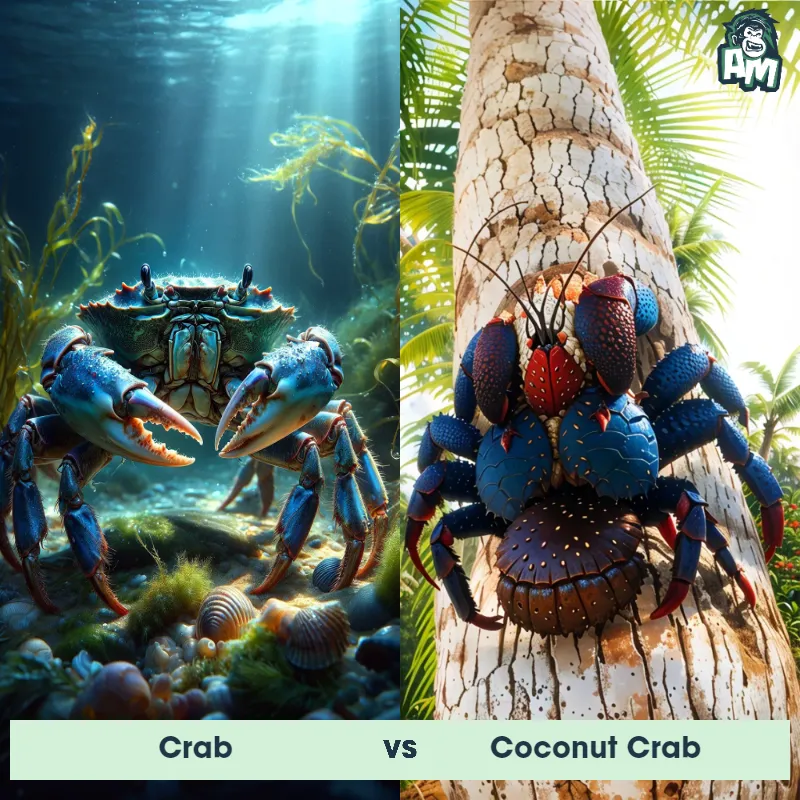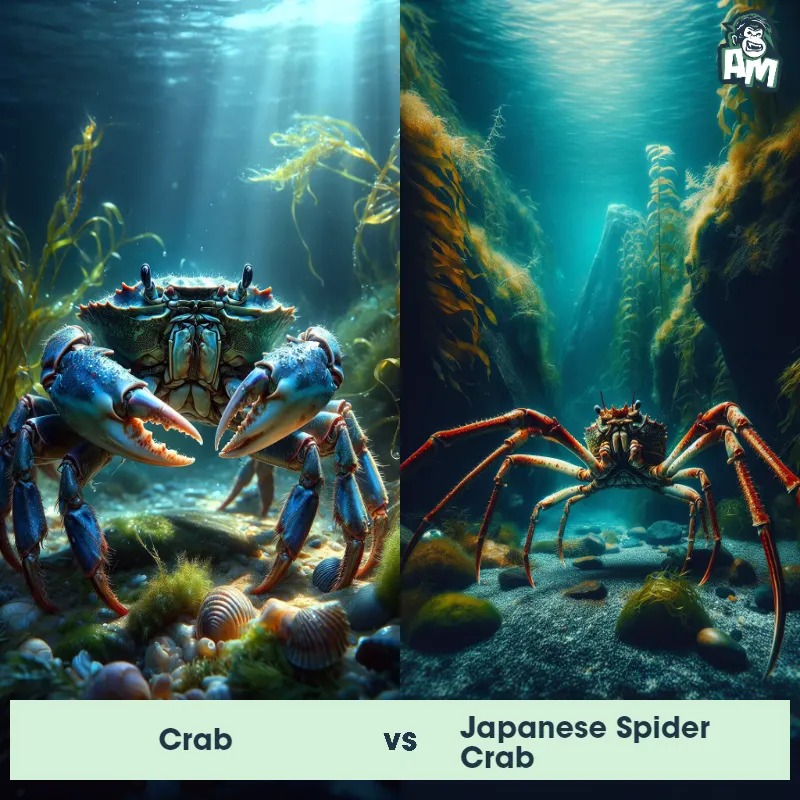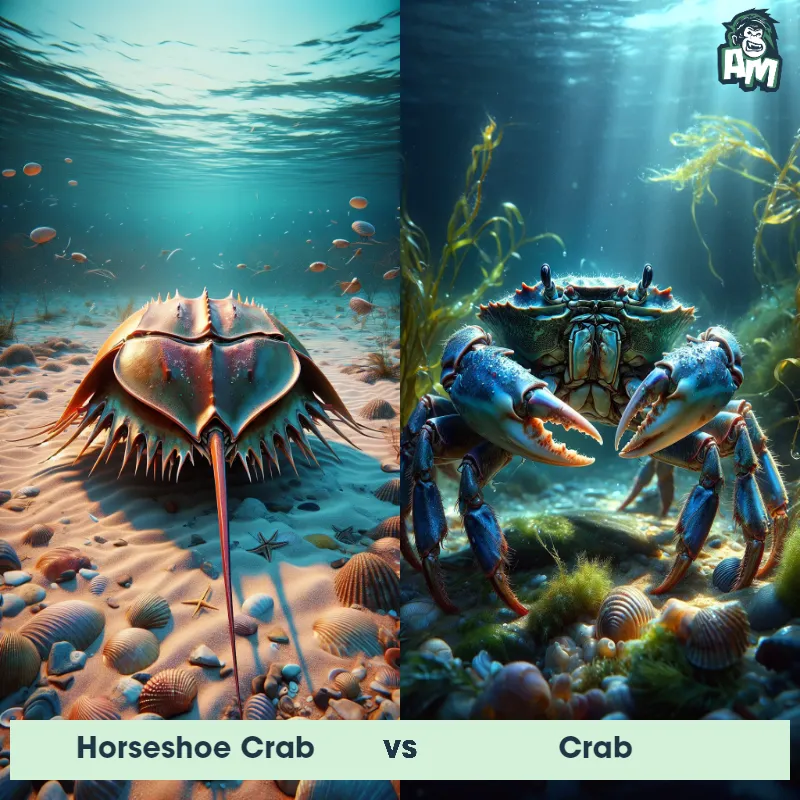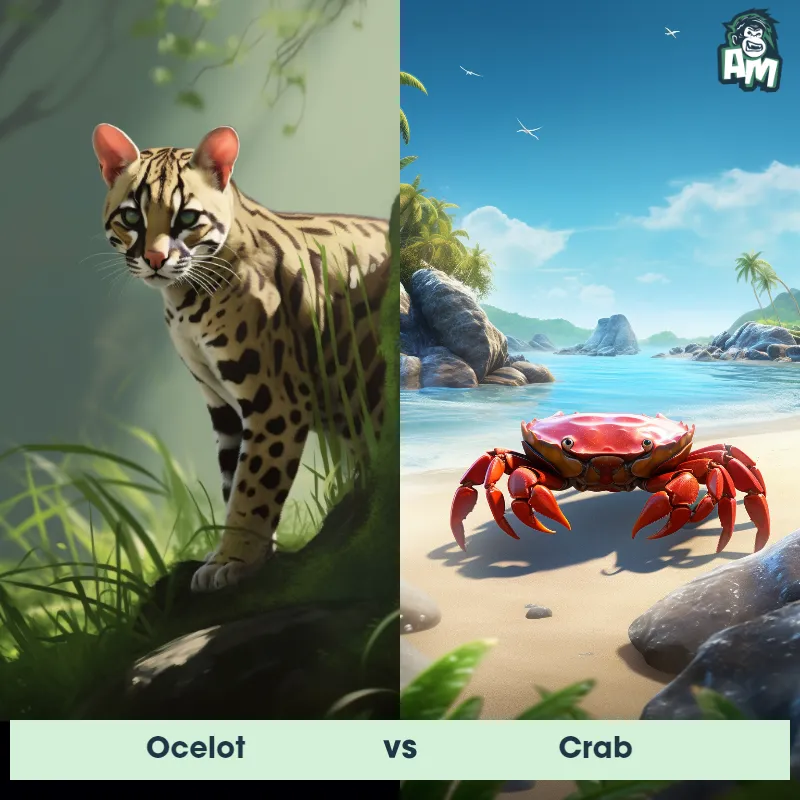Cone Snail vs CrabSee Who Wins
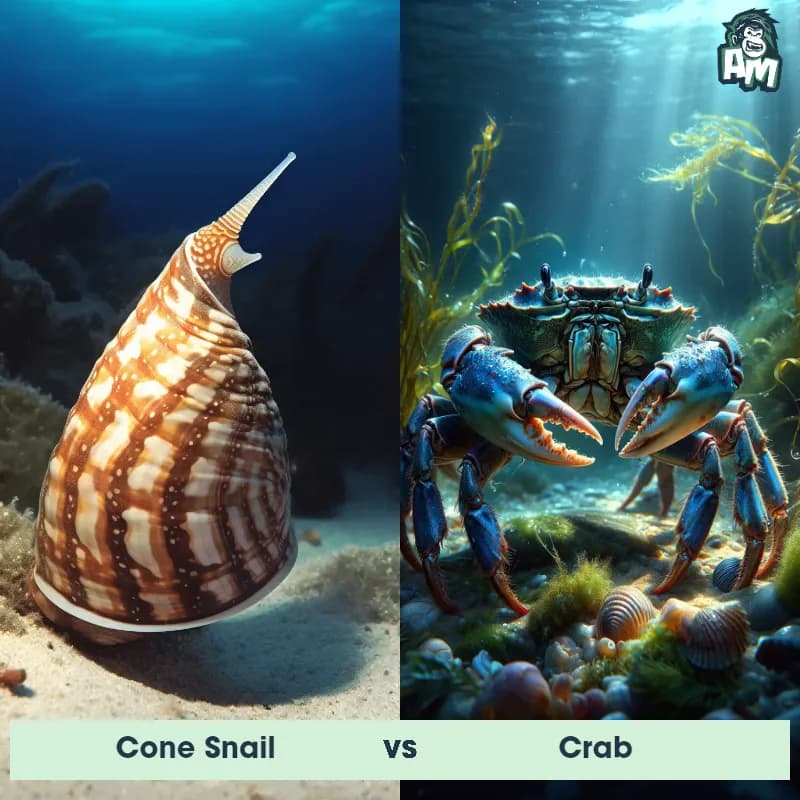
Ladies and gentlemen, welcome to this exhilarating matchup between two formidable contenders in the animal kingdom! Tonight, we have a thrilling three-round fight between a Cone Snail and a Crab. These creatures might be small in size, but they possess incredible defenses and impressive offensive moves. It's going to be a battle of speed, agility, and survival instincts. So, without further ado, let the showdown begin!
Contender 1: Cone Snail
The Cone Snail is a marine gastropod mollusk that is known for its beautiful and intricate shell patterns. They are found in warm waters around the world and can range in size from just a few centimeters to over 20 centimeters in length. The Cone Snail is a carnivorous predator that feeds on fish, worms, and other snails. They are also known for their venomous sting, which can be deadly to humans.
Fun Fact: The venom of the Cone Snail is so potent that it can paralyze its prey within seconds, making it easy for the snail to consume it.
Contender 2: Crab
Crabs are decapod crustaceans known for their characteristic thick exoskeleton and a pair of robust claws. They vary in size from the tiny pea crab, a few millimeters wide, to the giant Japanese spider crab, with a leg span of up to 4 meters. Crabs are typically found in the ocean, but some species are also found in freshwater or on land. Notably, crabs are known for their sideways walking, a motion that distinguishes them from other crustaceans.
Fun Fact: Crabs communicate with each other by drumming or waving their pincers, which is not just a sign of aggression, but can also be a part of their mating rituals.
Matchup Stats
| Cone Snail | Crab | |
|---|---|---|
| Size | Ranges from a few centimeters to over 20 cm (8 in) (metric: 2.5 cm to over 50 cm) | Varies from a few millimeters to 13 feet (4 meters) leg span |
| Weight | Varies by species (metric: varies by species) | Varies greatly, up to 44 lbs (20 kg) for the largest species |
| Speed | Speed: 0.5 mph (0.8 km/hr) | 11 mph (18 km/h) |
| Key Strength | Venomous sting | Robust claws |
| Biggest Weakness | None | Vulnerable when molting |
Current Votes
Cone Snail vs Crab
See Who Wins
View More Matches
Looking For More?
Similar Matches
Scientific Stats
| Cone Snail | Crab | |
|---|---|---|
| Scientific Name | Conus | Brachyura |
| Family | Conidae | Decapoda |
| Habitat | Marine | Ocean, Freshwater, Land |
| Geography | Warm waters around the world | Worldwide |
| Diet | Carnivorous, feeds on fish, worms, and other snails | Omnivores, eat algae, mollusks, bacteria, fungi, and small fish |
| Lifespan | Up to 4 years - Up to 20 years | 1 year - 100 years |
Key Differences between Cone Snail and Crab
- Locomotion: Crabs are well adapted for moving sideways on land and in water, utilizing their legs in a scuttling motion. Cone Snails move by using their muscular foot, undulating it in a wave-like motion, enabling them to glide slowly along underwater surfaces.
- Claws: Crabs possess prominent and often large claws, which they use for defense, feeding, and digging. Cone Snails lack claws altogether, as their shells provide sufficient protection.
- Size: The Cone Snail is typically smaller than a Crab, with an average length ranging from 2 to 6 inches, whereas Crabs can vary greatly in size, with some species reaching up to 12 inches in width.
- Shell shape: The Cone Snail has a cone-shaped shell with a pointed spire, while Crabs have a flattened, wide carapace that covers their body.
- Body structure: Crabs have a distinct body structure that includes segmented legs and a clearly visible abdomen, while Cone Snails have a more streamlined body with a distinct foot, but lack visible segments.
- Coloration: Cone Snails often display vibrant and intricate patterns on their shells, possessing a wide array of colors including red, orange, yellow, brown, and white. In contrast, Crabs generally have a more uniform coloration, commonly in shades of brown, green, or reddish-brown.



